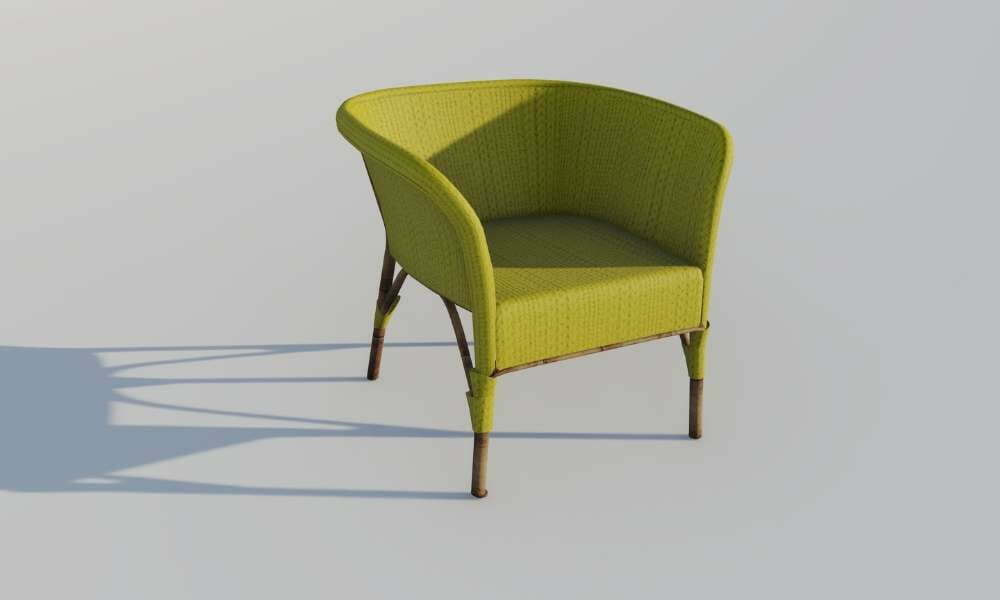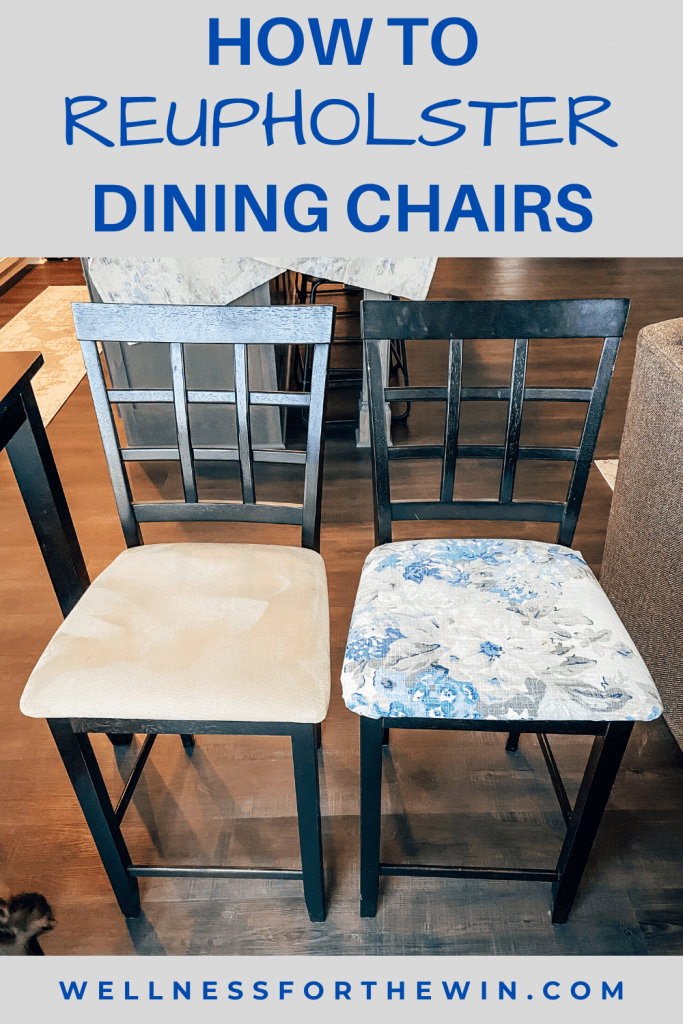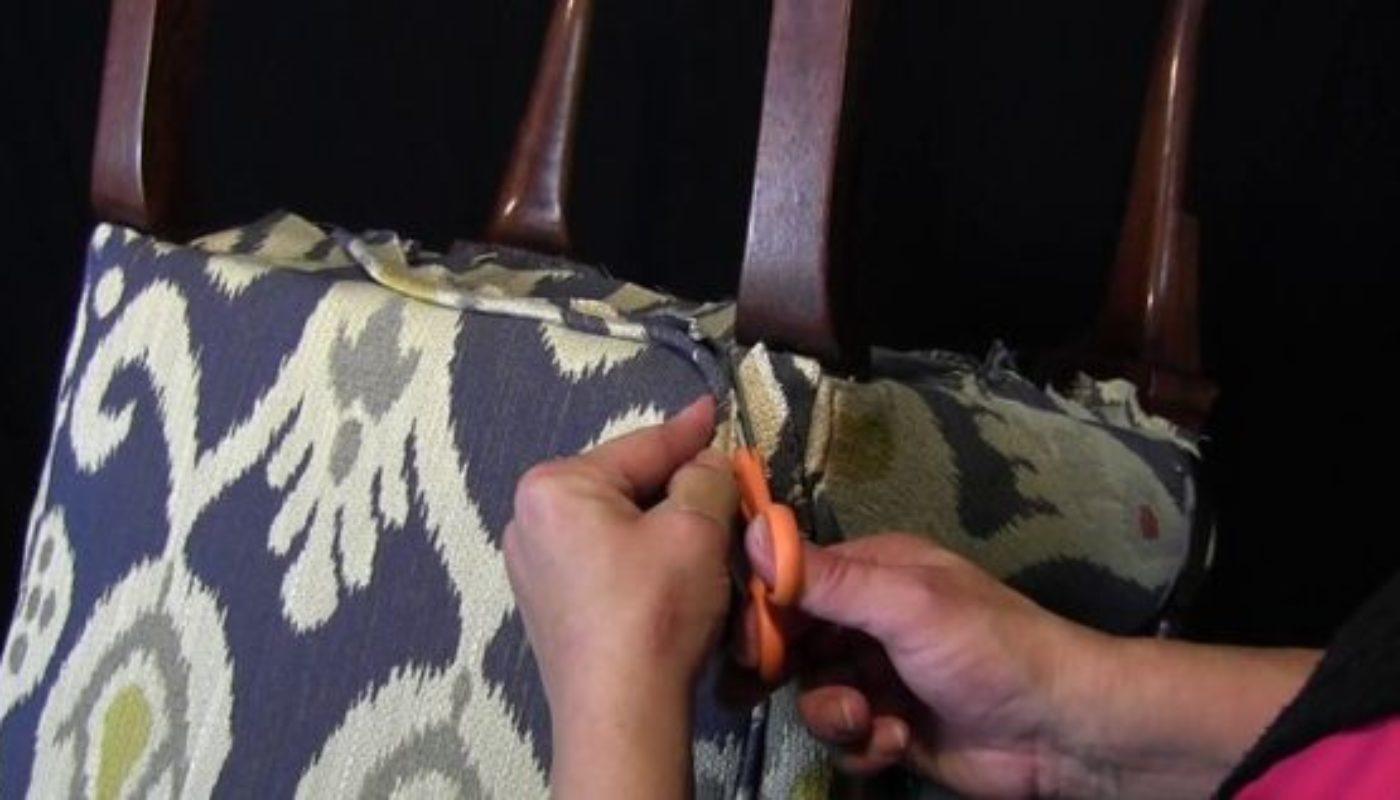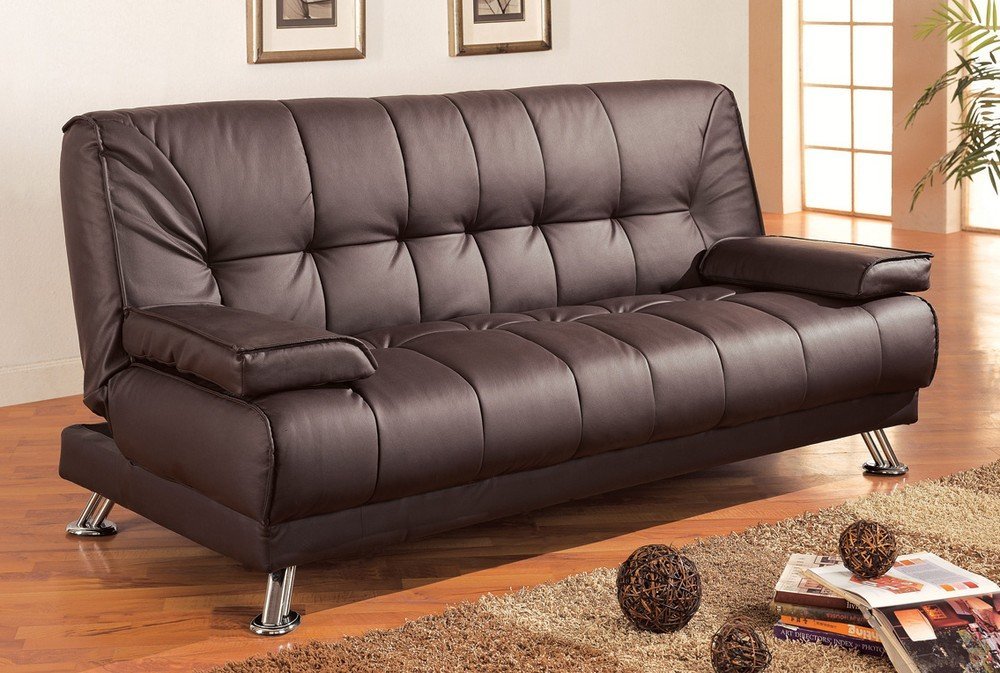Are your dining room chairs starting to feel a bit flat and uncomfortable? It may be time to repad them. This simple DIY project can give your chairs a new lease on life and make your dining experience much more enjoyable. In this article, we will guide you through the process of repadding your dining room chairs in 5 easy steps.Repadding Dining Room Chairs: A Step-by-Step Guide
Step 1: Remove the old padding The first step is to remove the existing padding from your chairs. Flip the chair upside down and use a staple remover or pliers to take out any staples or tacks holding the fabric and padding in place. Be sure to keep the old padding intact so you can use it as a template for the new padding. Step 2: Choose your new padding When it comes to choosing the right padding for your chairs, there are a few options to consider. Foam is a popular choice as it is affordable and easy to work with. You can also use cotton batting or polyester fiberfill for a softer, more cushioned feel. Consider the level of comfort you want and the durability of the material before making your decision. Step 3: Cut the new padding to size Using the old padding as a guide, cut the new padding to the same size and shape. If the old padding is too damaged, you can use the seat base as a template. Make sure to use sharp scissors or a utility knife to get clean, even edges. Step 4: Attach the new padding Place the new padding on the seat base and secure it with a staple gun. Be sure to pull the padding taut and staple it to the underside of the seat base. Start in the middle and work your way out to the edges, making sure there are no wrinkles or lumps in the padding. Step 5: Reattach the fabric Once the padding is in place, you can reattach the fabric to the seat base. Use the same method as before, pulling the fabric taut and securing it with staples. Trim any excess fabric and make sure all the staples are hidden on the underside of the seat.How to Repad Dining Room Chairs in 5 Easy Steps
Here are a few tips to keep in mind when repadding your dining room chairs: Use high-quality materials: Invest in good quality foam or padding for long-lasting comfort. Consider adding extra padding: If you want a more cushioned seat, you can add an extra layer of padding on top of the base layer. Take your time: Repadding can be a tedious process, so be patient and make sure to do it carefully for the best results. Use a staple gun: A staple gun will make the process much easier and give you a more secure attachment than using a hammer and tacks.DIY Repadding Dining Room Chairs: Tips and Tricks
To repad your dining room chairs, you will need the following materials: Old padding - to use as a template New padding - foam, cotton batting, or polyester fiberfill Sharp scissors or utility knife - for cutting the padding Staple gun - for securing the padding and fabric Fabric - to cover the new paddingRepadding Dining Room Chairs: Materials You'll Need
While repadding your dining room chairs is a relatively simple process, there are a few common mistakes that can lead to a less-than-ideal result. Here are a few things to avoid: Not using enough padding: If you don't use enough padding, your chairs may still feel uncomfortable and flat. Using the wrong type of padding: Make sure to choose a padding material that is appropriate for your chairs and will provide the level of comfort you desire. Not pulling the fabric taut: If you don't pull the fabric taut while stapling, you may end up with wrinkles and bumps in the fabric. Using a dull knife or scissors: Using a dull tool to cut the padding can result in uneven edges and make the process more difficult.Repadding Dining Room Chairs: Common Mistakes to Avoid
The frequency of repadding your dining room chairs will depend on how often they are used and the quality of the padding materials. If you use your chairs daily, it is recommended to repad them every 5-7 years. However, if you notice that the padding is starting to feel flat or uncomfortable, it may be time to repad them sooner.Repadding Dining Room Chairs: How Often Should You Do It?
Before deciding to repad your dining room chairs, it's important to consider the pros and cons: Pros: - Affordable way to give your chairs a new look and feel - Can be done easily at home with minimal tools - Gives you the opportunity to choose the level of comfort you desire Cons: - Can be time-consuming and tedious - Requires some skill and attention to detail for a professional-looking resultRepadding Dining Room Chairs: Pros and Cons
You may be wondering what the difference is between repadding and reupholstering your dining room chairs. While both involve replacing the padding and fabric, reupholstering also involves replacing the entire fabric covering, including the back and sides of the chair. Repadding is a simpler and more affordable option if you are happy with the current fabric on your chairs.Repadding Dining Room Chairs vs. Reupholstering: What's the Difference?
If you're not confident in your DIY skills, you may consider hiring a professional to repad your dining room chairs. However, keep in mind that this can be a costly option. With some patience and the right tools and materials, repadding your chairs yourself can save you money and give you a sense of accomplishment.Repadding Dining Room Chairs: Professional Services vs. DIY
Still not convinced that repadding your dining room chairs is worth the effort? Take a look at some before and after photos of repadded chairs and see the difference for yourself. Not only will your chairs look like new, but you'll also enjoy a more comfortable dining experience for years to come.Repadding Dining Room Chairs: Before and After Photos
Why Repadding Your Dining Room Chairs is a Must for Your House Design

The Importance of Comfort in Your Dining Room
The Benefits of Repadding Your Dining Room Chairs
 Not only does repadding your dining room chairs improve comfort, but it also has other benefits for your house design. First and foremost, repadding will prolong the life of your chairs. Over time, the padding in chairs can become worn down and flat, making them uncomfortable and less supportive. By repadding them, you can restore their shape and ensure they last for years to come.
Not only does repadding your dining room chairs improve comfort, but it also has other benefits for your house design. First and foremost, repadding will prolong the life of your chairs. Over time, the padding in chairs can become worn down and flat, making them uncomfortable and less supportive. By repadding them, you can restore their shape and ensure they last for years to come.
Another benefit is the aesthetic appeal of repadded dining room chairs. Old, worn out padding can make your chairs look tired and outdated. By repadding them, you can give them a fresh new look that will enhance the overall design of your dining room. Plus, you have the opportunity to choose the padding material and design that best fits your personal style.
How to Repad Your Dining Room Chairs
 While you can hire a professional to repad your dining room chairs, it is also a project that can be done on your own.
Featured keywords: DIY, repadding, dining room chairs
Here's a quick guide on how to repad your dining room chairs:
While you can hire a professional to repad your dining room chairs, it is also a project that can be done on your own.
Featured keywords: DIY, repadding, dining room chairs
Here's a quick guide on how to repad your dining room chairs:
1. Remove the old padding: Start by flipping your chair over and removing the seat cushion. Use a staple remover or pliers to remove the old padding, being careful not to tear the fabric.
2. Measure and cut new padding: Use the removed padding as a template to measure and cut new padding. Make sure to use high-density foam for maximum comfort.
3. Attach new padding: Place the new padding on the seat cushion and secure it with a staple gun. Trim any excess padding.
4. Reattach the fabric: Once the new padding is secured, reattach the fabric using the staple gun. Make sure to pull the fabric tightly for a smooth finish.
5. Reattach the seat cushion: After the fabric is secured, reattach the seat cushion to the chair frame.
Conclusion
 In conclusion, repadding your dining room chairs is a simple yet effective way to improve the comfort and design of your dining room. Whether you choose to hire a professional or tackle the project yourself, the benefits of repadding are well worth the effort. So why not give your dining room a fresh look and upgrade its comfort level by repadding your chairs? Your family and guests will thank you.
In conclusion, repadding your dining room chairs is a simple yet effective way to improve the comfort and design of your dining room. Whether you choose to hire a professional or tackle the project yourself, the benefits of repadding are well worth the effort. So why not give your dining room a fresh look and upgrade its comfort level by repadding your chairs? Your family and guests will thank you.



































































